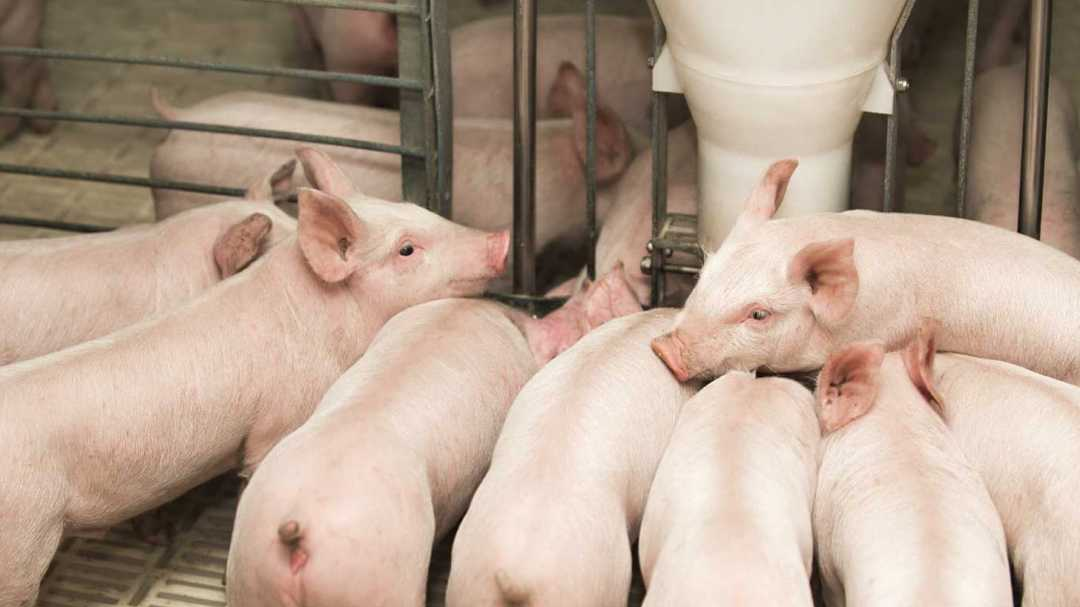On July 17, Muyuan, a leading livestock company, disclosed in a teleconference with investment institutions that its significant reduction in losses in the first half of this year was largely attributed to a decrease in pig breeding costs. This cost reduction was due to the continuous decline in feed costs and consistent improvements in breeding performance.

Muyuan explained that the decline in feed costs was due to two main factors. Firstly, the prices of feed raw materials have been steadily returning to a more reasonable range. Secondly, the company has been adjusting its feed formula based on the cost-effectiveness of raw materials, effectively reducing feed costs. For instance, due to an increased use of wheat in their feed, the current proportion of soybean meal has been reduced to below 6%.
It’s noted that in 2022, the proportion of soybean meal in Muyuan’s feed was 7.3%, only about half of the industry average. Over a decade ago, the company began purchasing sprouted wheat, also known as “germinated wheat”, which was affected by rainy weather. This initiative not only helped reduce losses for grain farmers in Henan but also laid the foundation for Muyuan to continuously decrease feed costs. This year, with a higher proportion of germinated wheat, Muyuan has expanded its purchases, to some extent, alleviating concerns for the government.
Regarding the improvement in breeding performance in the first half of the year, Muyuan stated that it has achieved significant results in areas like pig health management and epidemic purification. For example, its overall survival rate has increased from about 80% last year to about 87% now. The PSY has grown from around 25 last year to about 28 now, and the feed-to-meat ratio during the fattening stage has decreased from about 3.0 last year to below 2.9 now.

Muyuan believes that there’s still potential for further improvement in various breeding performance indicators. Based on the current raw material prices and the ongoing trend of breeding performance improvement, the company aims to reduce the full cost of pig breeding to below 14 RMB/kg by the end of the year.
Muyuan’s performance forecast for the first half of 2023 indicates an expected loss of 2.55 billion to 3.25 billion RMB, a decrease of 51.37%-61.85% compared to the loss of 6.684 billion RMB in the same period last year. The company attributes this reduced loss mainly to a rise in the average selling price of live pigs and a decrease in pig breeding costs.
In fact, Muyuan’s live pig output in the first half of this year was slightly lower than the same period last year, with 30.265 million and 31.28 million respectively. However, its sales revenue of 50.698 billion RMB in the first half of this year was significantly higher than the 42.699 billion RMB in the same period last year. This is not only due to the rise in the average selling price of live pigs but also largely because of a higher proportion of piglets in last year’s output.
According to the teleconference, the full cost of Muyuan’s pig breeding in June 2023 was 14.6 RMB/kg, a decrease of more than 1 RMB/kg from the same period last year. The current cost of weaned piglets (averaging about 7kg) is around 300 RMB/head. The current market time for commercial pigs is between 180-190 days, with an average weight of about 120kg at the time of listing.
In terms of slaughtering, Muyuan slaughtered a total of 5.522 million pigs in the first half of this year, with a capacity utilization rate of nearly 40%, resulting in a sector loss of 300-400 million RMB. It is projected that the slaughtering capacity utilization rate will continue to rise in the second half of the year, with the annual slaughtering volume exceeding 12 million.




